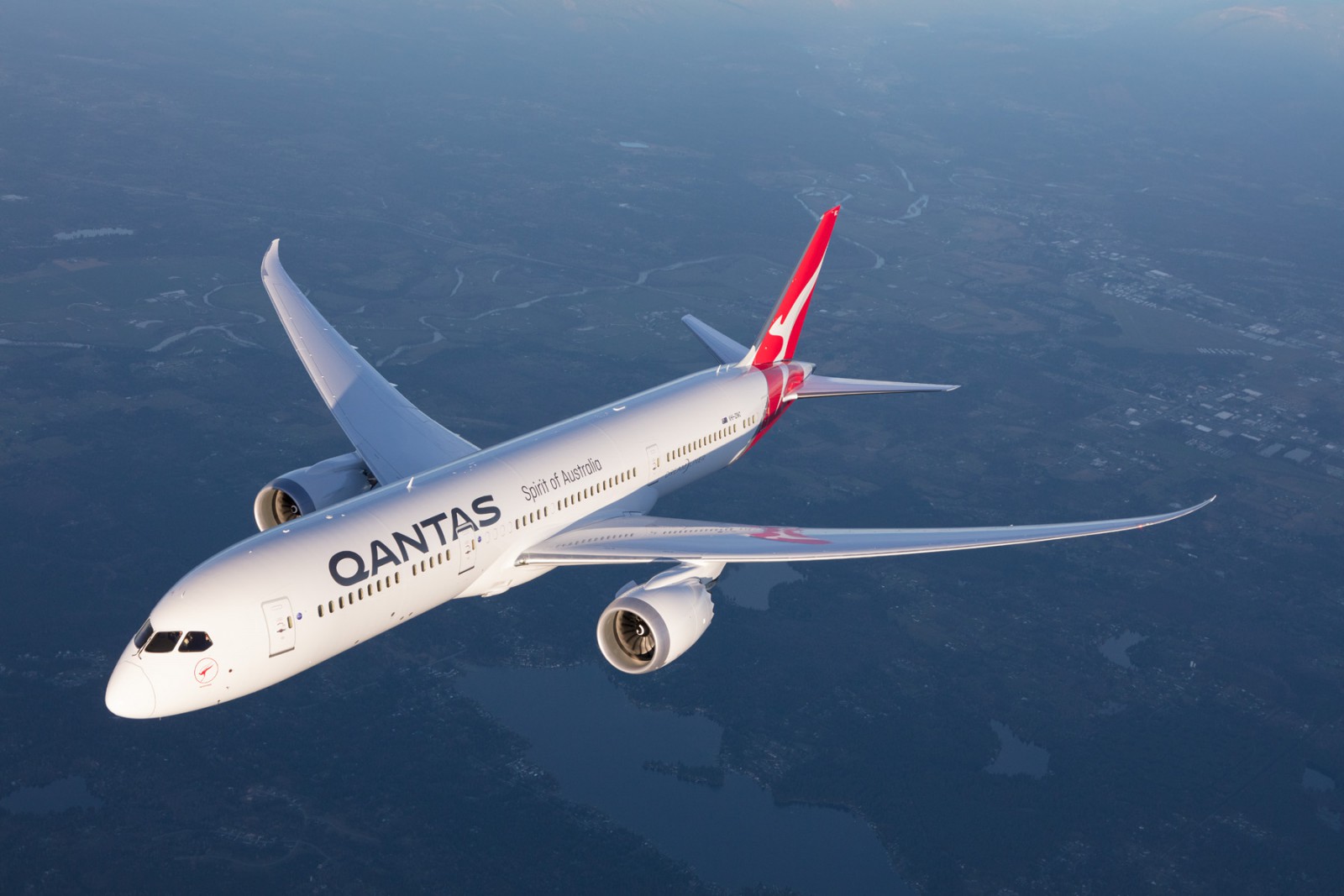COVID-19 has sent Qantas into a A$2.70 billion tailspin on write-downs as the airline rides the worst turbulence in its 100-year history.
For FY2020 the national airline posted a $2.70 billion Statutory Loss Before Tax, mainly on no cash write-downs with revenue down $4 billion in the last six months.
The only blue sky is a $124 million Underlying Profit Before Tax down 91 percent on the previous year.
The result reflects a strong first half of the year ($771 million Underlying Profit Before Tax) followed by a near-total collapse in travel demand and a $4 billion drop in revenue in the second half due to the COVID-19 crisis and associated border restrictions.
From April to the end of June, Qantas Group’s revenue fell 82 percent while cash costs were reduced by 75 percent, helping to limit the drop in Underlying Profit Before Tax in 2H20 to $1.2 billion.
Be better informed! Get the “Back Story” weekly.
At the statutory level, the Qantas Group reported a $2.7 billion Loss Before Tax –– due mostly to a $1.4 billion non-cash write-down of assets including the A380 fleet and $642 million in one-off redundancy and other costs as part of restructuring the business for recovery.
Qantas said that despite significant uncertainty across most markets, the Group remains well-positioned to take advantage of the eventual return of domestic and, ultimately, international travel demand.
Shining lights are Qantas Freight, Qantas Loyalty, and the resources sector in WA.
Qantas Group chief executive Alan Joyce said the second half of FY20 was the toughest set of conditions the national carrier had faced in its 100 years – but that it had the resilience to deal with them.
“The impact of COVID on all airlines is clear. It’s devastating and it will be a question of survival for many. What makes Qantas different is that we entered this crisis with a strong balance sheet and we moved fast to put ourselves in a good position to wait for the recovery.
“We’ve had to make some very tough decisions in the past few months to guarantee our future. At least 6,000 of our people will leave the business through no fault of their own, and thousands more will be stood down for a long time.
“Recovery will take time and it will be choppy. We’ve already had setbacks with borders opening and then closing again. But we know that travel is at the top of people’s wish lists and that demand will return as soon as restrictions lift. That means we can get more of our people back to work.
“COVID is reshaping the competitive landscape and that presents a mix of challenges and opportunities for us. Most airlines will come through this crisis a lot leaner, which means we have to reinvent how we run parts of our business to succeed in a changed market.”
Mr Joyce said the FY20 result showed how the COVID crisis had derailed what would have been a strong financial performance.
“We were on track for another profit above $1 billion when this crisis struck. The fact that we still delivered a full-year underlying profit shows how quickly we adjusted when revenue collapsed.
Qantas said that implementation of the three-year recovery plan, announced in June 2020, is well underway.
It says the plan will create a stronger platform for future profitability, long-term shareholder value and preserve as many jobs as possible.
Key parts of the plan are complete or in progress, including:
- Around 4,000 of at least 6,000 redundancies expected to be finalized by end-September 2020, with continued union consultation.
- Ongoing stand-down of around 20,000 employees, enabling retention of core skills until work returns.
- Early retirement of the Boeing 747 fleet and more than 100 aircraft now in storage (in a state that significantly reduces the need for ongoing maintenance).
- Raised $1.4 billion in equity in addition to the $1.75 billion of long term debt funding secured during the second half of FY20.
The plan targets $15 billion in benefits over three years from reduced activity, with $1 billion per annum in ongoing cost savings from FY23 through efficiency gains across the Group.
























